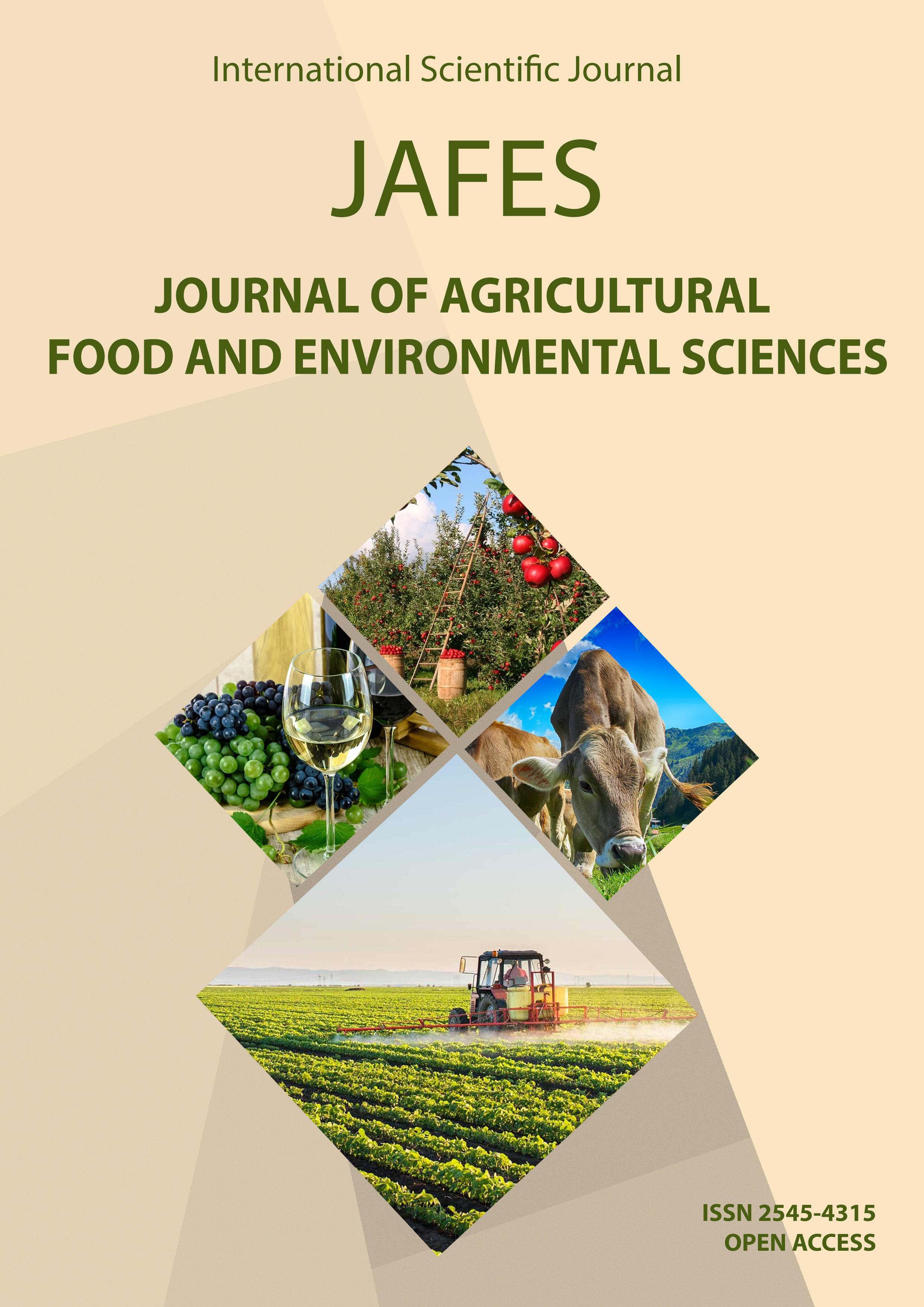CONCENTRATION AND POTENTIAL HEALTH RISK ASSOCIATED WITH DIETARY INTAKE OF SMOKED FISH FROM LAGOS LAGOON
Keywords:
Chrysichthys nigrodigitatus, dietary daily intake, Elops lacerta, fish smoking, food safety, health risk, non-carcinogenicAbstract
This study assessed the concentration and potential health risk associated with dietary exposure to polycyclic aromatic hydrocarbons (PAHs) in smoked fish products from four fishing communities along Lagos Lagoon, Nigeria. Sixty smoked fish samples obtained from two fish species (Chrysichthys nigrodigitatus and Elops lacerta) which were processed individually with three firewood (Cola nitida, Funtumia elastica and Alchornea cordifolia) were collected from fish processors between October and December, 2018. Samples were subjected to polycyclic aromatic hydrocarbons (PAHs) analysis using gas chromatography-mass spectrometry (GC-MS) and human health risk model analysis. The PAH congeners varied in smoked fish while Pyrene was the most dominant congener in all the fish samples, accounting for more than 70% of the total PAHs. The highest total PAHs levels (2431.85 mg kg-1) was observed in E. lacerta smoked with C. nitida. The Dietary Daily Intake (DDI) values for total and carcinogenic PAHs were higher in E. lacerta smoked with C. nitida and C. nigrodigitatus smoked with A. cordifolia, respectively. Carcinogenic Toxic Equivalent (TEQ) values were lower than the estimated Screening Value (SV) of 12.83 indicating low risk of developing cancer through consumption of assessed smoked fish products. Excess Cancer Risk estimated exceeded the permissible limit (1.0x10−6) set by USEPA. Positive correlations (P<0.01) existed between TEQ and total PAHs, noncarcinogenic PAHs, PAH4, and DDI. This study provides insights into the variation in PAHs level and appropriateness of different fuelwood for smoking similar or dissimilar fish species.



